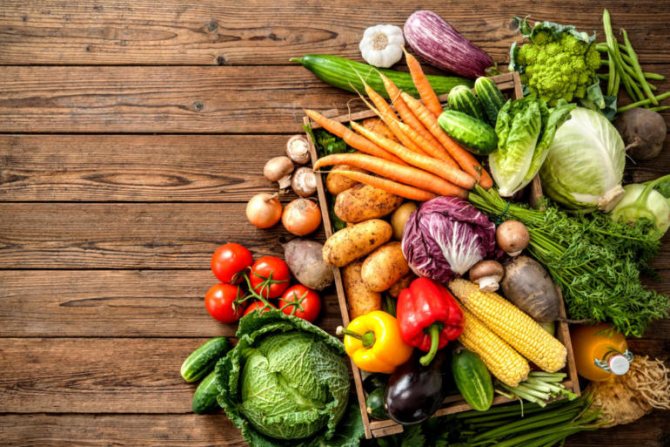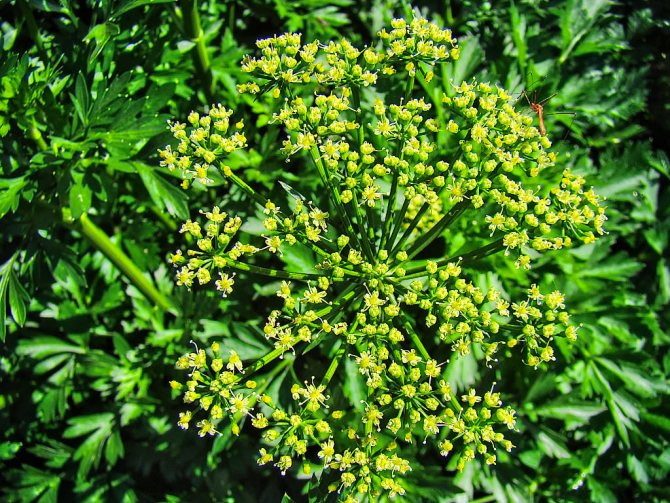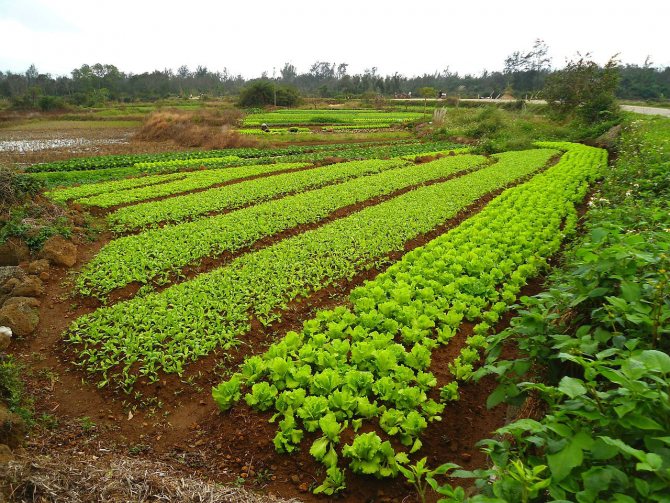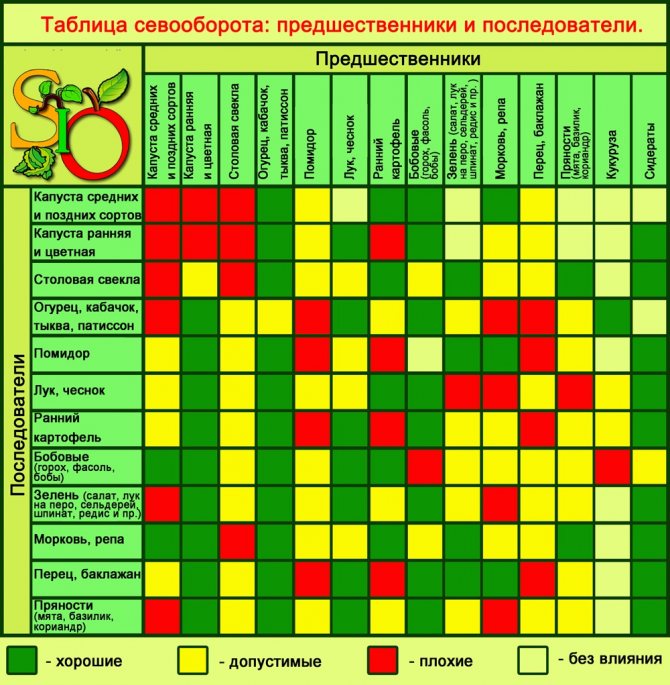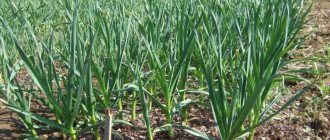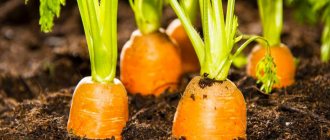A headache in August for all gardeners is the question of where to plant a particular vegetable for the next season. At first glance, there are no difficulties in this matter, but it is very important to choose the right so-called compatibility of vegetables, because this directly affects what the harvest will be. The distribution of the beds by vegetables is seriously affected by what fertilizers were applied and many other factors that need to be known. Further in the article, we will reveal the secrets that few people knew about, consider the nuances of the neighborhood of vegetables in the beds and tell you what vegetables can be neighbors.
What plants and crops can be planted after carrots
When growing vegetables, compatibility must be observed. Not every vegetable can be planted after carrots in the next season, especially root crops, which can become infected with diseases.
You can plant radishes, so the vegetable is early ripening, but the garden bed should be located in a lighted area. The next season, you can plant sweet potatoes, physalis after carrots, provided there is good lighting and protection from cold winds.
It is a good idea to plant artichokes or cardons with good drainage.
Carrots are considered an excellent precursor to accommodate garlic, which will keep carrot flies away with its characteristic odor.
It is good to plant different varieties of pepper after carrots.
Also next year it is not bad to plant cabbage, potatoes, beans, peas, tomatoes.
In addition to vegetables, you can plant strawberries and strawberries after carrots.

How to reduce harm from unwanted precursors
Not all gardeners have the opportunity to observe crop rotation. In a limited area of the site, it can be difficult to draw up a planting plan taking into account all your wishes. In such cases, it is imperative to take care of reducing the harm from unwanted precursors through the use of insecticides and fertilizers.
To treat soil from pests, you can use the following insecticides:
- Decis (1 g per 10 l of water);
- Aktar (2 ml per 10 liters of water).
The soil must be abundantly sprayed with a working solution of an insecticide at the rate of 100 g per 1 sq. m. It is better to carry out the treatment in the fall, but spraying in early spring is also possible (2 weeks before fertilizing the soil).
I always try to observe crop rotation on my site. I usually plant carrots after onions or garlic. I tried to grow this crop for 2 years in a row in the same place, the harvest that year turned out to be very poor and affected by a carrot fly. If it is not possible to alternate the beds, I advise you to treat the soil with insecticides and fertilize so as not to waste your energy.
To compensate for the deficiency of nutrients in the soil, in early spring, before digging into the soil, it is necessary to add compost at the rate of 5 kg per 1 sq. m. Manure and poultry droppings are not applied to the garden before planting carrots. If this rule is violated, root crops grow in curves, branched.
2 weeks before planting carrot seeds, mineral fertilizers can be applied to the soil:
- superphosphate (40 g per 1 sq. m.);
- potassium sulfate or potassium salt (40 g per 1 sq. m.).
Mix phosphorus and potassium fertilizers and distribute evenly over the dug up bed, after which water the soil abundantly.
It is also possible to compensate for the deficiency of nutrients in the soil by planting green manure in a garden bed.Rye and mustard are planted in late autumn. In the spring, 2-3 weeks before the sowing season, you need to dig up the garden bed and add compost. The use of mineral fertilizers in this case is optional.
What can not be planted after carrots
For the next season, you should not grow lettuce, cucumbers, parsley and the carrots themselves on the site of carrot growth.
You can return carrots to their original place only after 4 years.
A vegetable such as a carrot takes a large amount of potassium from the ground, which is necessary for the above vegetable crops. In addition, carrots take up a lot of phosphorus, 4 times more than tomatoes and 3 times more than cucumbers.
Since carrots moderately drain the soil, many vegetables can be planted the next year after carrots. It is only important to dig up the ground and add a sufficient amount of mineral and organic substances. After that, you can plant, in general, any vegetable, except those listed above.
Video
You can also watch a video where you will be told about the alternation of crops in the garden.
After reading all the information, you will know which plant you can plant carrots with, and which planting is strictly prohibited. Every gardener who truly respects himself and his garden should take this information seriously. The first thing you can do for the positive growth of crops is to plant it correctly. Knowing all the features of the landing, all the details and nuances, you can achieve the result that interests you.
After which crops you can not plant carrots next year
Experienced vegetable growers do not advise planting carrots after beans have grown in this area of the garden.
He really does not like carrots to grow on soil saturated with manure, it is better to plant cucumbers, cabbage, potatoes there.
It is better to plant carrots in this place after a year, otherwise the root crops will grow ugly and will not be stored for a long time.
If parsley grew on the site in the previous year, then planting an orange vegetable is strictly prohibited. In this case, the soil is a favorable breeding ground for harmful insects that will cause crop failure. If there is a need to plant an orange vegetable in this particular area due to, for example, a small area, then it is recommended to carefully dig up the soil and treat it with manganese.
Digging and processing is carried out in the autumn period of time or just before sowing carrots.


Crop rotation table
| Culture name | Best predecessor | Worst predecessor |
| Potatoes | Legumes, root vegetables, pumpkin | Sunflower, nightshade, sorghum |
| Cabbage | Legumes, onions, carrots, potatoes | Cruciferous |
| Carrot | Tomato, zucchini, potatoes | Beans, parsley |
| Beet | Cucumber, onion, tomato | Carrots, Swiss chard, cabbage |
| Cucumber | Onions, celery, potatoes | Pumpkin |
| Tomato | Cabbage, cucumber, legumes | Nightshade |
| Pepper | Onion, cucumber, cabbage | Nightshade |
| Eggplant | Onions, legumes, pumpkin seeds | Solanaceous, physalis |
| Greens | Pumpkin, potatoes, legumes | Carrots, beets |
After what crops can carrots be planted
Plants that can precede planting are of great importance, since carrots are very sensitive to soil components and the fertilizers present in them.
It is good if the predecessors of the orange vegetable are cucumbers (after 1-2 years), tomatoes, onions, lettuce, potatoes. Alternating carrots with these vegetables helps to preserve the quality of the earth and the content of the necessary elements for nutrition.
Carrots are an unpretentious vegetable, it is not difficult to grow it, it does not require special care. It is imperative to observe the intervals between plantings, i.e. must pass at least two years.
Before planting carrots, you need to loosen the soil and lower the acidity. And in the previous season, favorable vegetables should have grown.
Crop rotation in the garden: why you need to alternate crops
The list of vegetables that can be planted in one place for several years in a row is very short, and carrots did not get into it. In order for the harvest on the vegetable beds to be decent, and gardening not to cause unnecessary problems, the simplest rules of crop rotation must be observed. The main thing that they prohibit is to plant vegetables in the garden that belong to the same family with the predecessor, which means that they have a similar "bouquet" of possible diseases, the same pests.
In addition, the alternation of crops is carried out in such a way that they have different food "addictions": for example, after vegetables that absorb a lot of nitrogen, plant those that relate to its lack calmly.
If the main nutrients can be added with fertilizers, then it is more difficult to maintain the correct balance of microelements, it should recover over time on its own.
Once every few years, the land needs rest, but land-poor summer residents cannot afford this, and therefore the correct alternation of crops in small areas is especially important. To some extent, the technique helps to restore soil fertility, in which, after a culture with superficially located roots, those in which the roots penetrate deeply are planted, and vice versa. It is necessary to take into account the basic conditions necessary for the growth of certain vegetables: the composition and acidity of the soil, illumination in the garden, moisture capacity of the soil, etc.
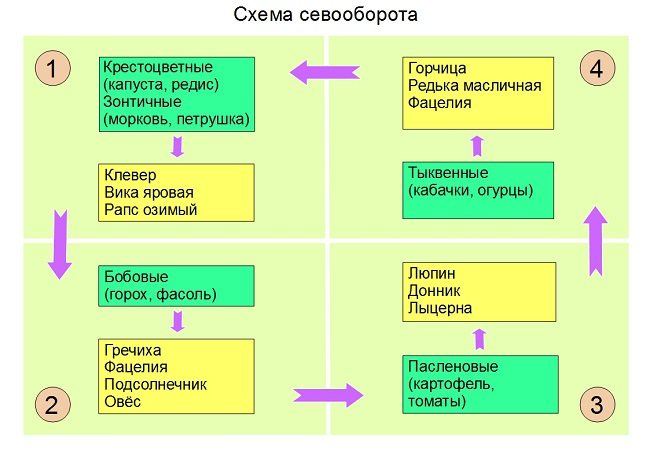

The best technique for restoring fertility is the systematic use of green manure
Cucumbers
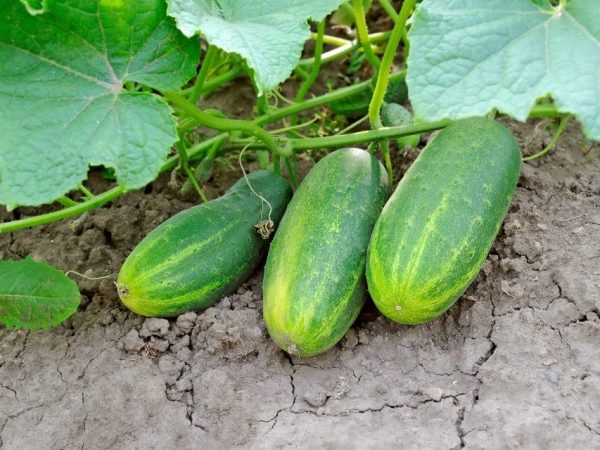

After carrots, you can plant cucumbers
For planting cucumbers in open ground after carrots, you need to prepare the breast. The place should be lit, and the soil dug up to a depth of 65-75 cm. Also, for planting cucumbers, a large amount of organic fertilizers is required, which quickly restores the soil depleted from carrots.
The following crops should not be grown on the site:
- onion;
- garlic;
- zucchini;
- squash.
Cucumbers require inputs for pumpkin crops. Mineral fertilizers are also applied. Planted by seeds or seedlings.
Nightshade
The nightshade family includes the following crops:
- pepper;
- tomatoes;
- eggplant.
These plants are less demanding on the soil than cucumbers. The main criterion for them is good illumination of the area, which makes them a good choice for planting in the garden next year. It is unacceptable to grow beets next to them, because they have similar parasites.
The pepper is planted the next year by the seedling method. It is forbidden to grow tomatoes nearby. The pepper is planted in a draft-proof vegetable garden. The soil should be loose, and the area should be lit. It is better to plant tomatoes away from cucumbers, beets or eggplants to prevent the spread of pests.
How to choose neighbors for carrots
After what crops can carrots be planted, we figured it out, but we also need to figure it out with the neighbors. A garden neighborhood can be both very dangerous and rewarding. This also applies to carrots.
You may be interested in: Is it possible to plant tulips in spring


Planting carrots with onions
The best neighbor for a healthy vegetable is onions. The smell of onions will effectively ward off carrot flies, which often attack root vegetables. Also, onions do not allow root mites to multiply.
Gardeners use a special method of planting these crops. They are planted with seeds in rows, alternating crops. If onion sets are planted, then first you need to plant carrots in the garden, and after a few weeks plant the sets. Onions and carrots grow well if planted every row or two.
Important! We must not forget that growing tomatoes next to onions is prohibited, and next to carrots, they grow remarkably.
Useful neighbors
- Carrots grow tasty and juicy next to legumes. To do this, you can plant beans or peas next to it.
- Growing next to sage, spinach, or lettuce is good for carrots.
- To protect the carrot bed from the reproduction of pests, it is useful to plant marigold or marigold flowers along the edge of the bed.
Dangerous neighbors for carrots
- It is necessary to avoid the neighborhood of carrots with celery. Unlike some other herbs, celery attracts annoying insects and only threatens the root crop to develop normally.
- Do not plant carrots next to dill and other spices.
- If horseradish or beets grow along with carrots, they will fight for the nutrients that are in the soil. Gardeners will not wait for a good harvest for any of the crops.
- In the garden, it is better to plant carrot beds away from apple trees. The close proximity of crops will impair the taste of apples and carrots.
Best precursors for outdoor carrots
Although there are many tables listing good and bad predecessors, you should also rely on your own experience, make your own notes and notes, as information on the Internet can be contradictory. If you are a novice gardener, here are a few examples.


Suitable precursors for carrots:
- nightshades (potatoes, tomatoes or physalis);
- pumpkin, cucumbers, watermelons and zucchini;
- cabbage and strawberries;
- spicy herbs (basil, savory, tarragon);
- greens (lettuce, spinach, chard);
- legumes, onions and garlic are also acceptable precursors.
The worst plants growing before carrots are parsley, cumin and dill. These crops have a lot in common: diseases, pests and consumables, so it is not recommended to alternate planting them. For the same reason, celery should be excluded. The root crop should also not be planted after the beets.


